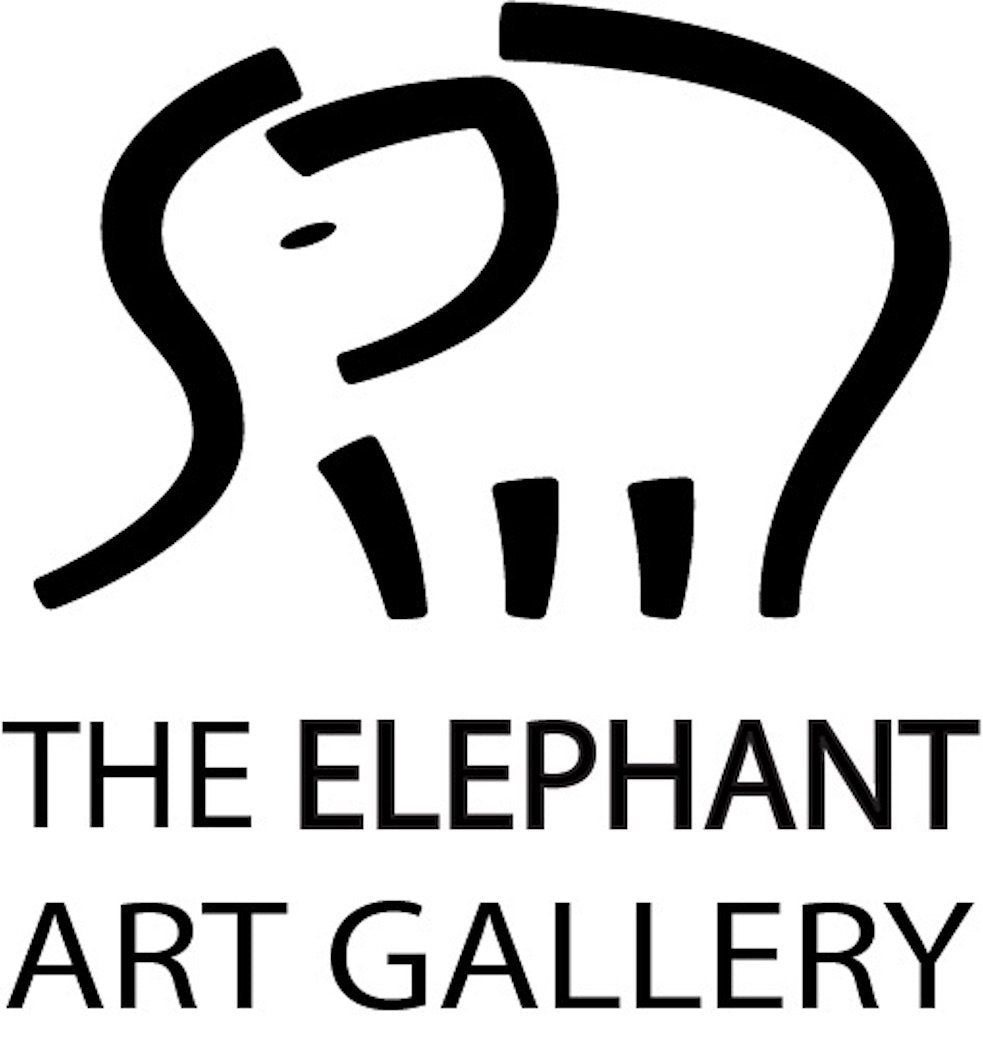
Do elephants like to Paint? Are they trained?

At the Thai Elephant Conservation Center (TECC), a remarkable artistic movement has taken root—not among people, but among elephants. Since 1998, when elephant expert Richard Lair invited the acclaimed conceptual artists Vitaly Komar and Alexander Melamid to collaborate with the TECC, select elephants have been given the opportunity to explore painting as a creative outlet. While elephants had previously painted in zoos around the world, this was the first initiative of its kind in Thailand—and it captured the world’s imagination.
From modest beginnings, with just two pioneering artists, Wanalee and Jojo, the Elephant Art Gallery was born in 2000. Today, over 14 elephants at the TECC paint regularly, each with their own unique style and spirit. What began as an experiment has become a heartfelt and enduring expression of elephant creativity.
Though elephants in the wild don’t paint, they are intelligent, curious, and often naturally drawn to activities that stimulate their minds. At TECC, any elephant interested in becoming an artist begins with a gentle, week-long introduction to the process. Mahouts—the lifelong caretakers of these elephants—guide them through each step, from learning how to hold a brush (typically at the tip of the trunk for maximum dexterity) to standing comfortably at an easel.
Some elephants take to painting with immediate enthusiasm, showing a surprising sense of rhythm and composition. Others may prefer different forms of enrichment. What’s crucial is that participation is always voluntary—there is no pressure, only encouragement.
In time, each elephant develops their own brushstroke, pacing, and palette preferences. Like human abstract painters, their styles are deeply individual, shaped by personality and mood. At the Elephant Art Gallery, the focus remains on letting the elephants express themselves freely. There is no training in representational or commercialized imagery—only the joy of abstract expressionism, straight from the trunk.
If you choose to bring one of these works into your home, here’s what you can expect:
-
Each painting is an original work, created by the elephant alone.
-
High-quality acrylic paint is used on fine art paper—handmade paper is reserved for gallery and portfolio pieces.
-
Every piece is shipped free within the U.S. (a $35 fee applies elsewhere).
-
Each painting comes with an official TECC stamp, a Certificate of Authenticity, and a printed profile of the elephant artist and their mahout.
By collecting art from the Elephant Art Gallery, you’re not only acquiring a singular piece of abstract expression—but also supporting a meaningful, enriching practice for these majestic animals. It’s art with soul, painted by trunks, and guided by joy.
